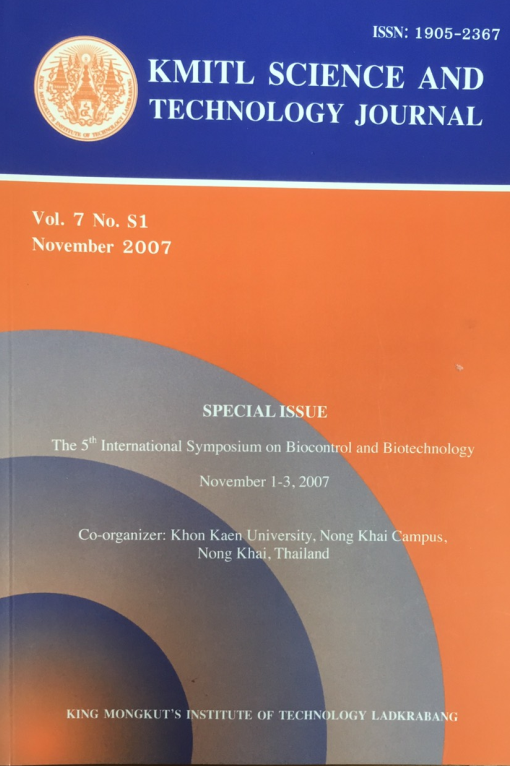Effect of lyoprotectants on survival of Lactococcus lactis and Lactobacillus sakei after freeze drying was investigated. Their survivals in 9.1% w/w of skim milk, soy milk, egg yolk, sucrose, lactose, glucose, trehalose and sorbitol were compared, and the protectants caused high viability were selected to develop formulations of mixed protectants. Compared to soy milk and sorbitol, higher viability of L. lactis was observed with lactose, skim milk and sucrose. For freeze-dried L. sakei, the survival in skim milk and soy milk was greater than that in trehalose, sucrose and lactose. Among all protectants tested, glucose and egg yolk provided the lowest protection to these bacteria. Of all lyoprotectant formulations, the highest number of L. lactis survivors was found in mixed lyoprotectants containing 3.97 g lactose, 3.97 g sucrose, 3.97 g trehalose, 8.73 g skim milk and 79.36 g distilled water. The protectant mixture provided the highest viability of L. sakei contained 3.97 g lactose, 3.97 g sucrose, 3.97 g trehalose, 8.73 g skim milk and 79.40 g soy milk with distilled water (1:1). Compared to single protectant, the number of L. lactis and L. sakei survivors in these formulations was increased by 11.69-20.15% and 9.51-18.15%, respectively. To improve viability, osmotic adaptation alone (with 0.3 M sucrose) or in combination with cold adaptation (10°C) induced cross-protection of L. lactis and L. sakei in selected protectant mixtures after freeze drying and storage for 28 days at -80°C were studied. These adaptation treatments did not provide protection of L. lactis and L. sakei cells after freeze drying and storage.
Keywords: Lactococcus lactis, Lactobacillus sakei, lyoprotectant, freeze drying, adaption
Corresponding author: E-mail: knsuree@kmitl.ac.th
Nanasombat*, S. ., & Sriwong, N. . (2007). IMPROVING VIABILITY OF FREEZE-DRIED LACTIC ACID BACTERIA USING LYOPROTECTANTS IN COMBINATION WITH OSMOTIC AND COLD ADAPTATION. CURRENT APPLIED SCIENCE AND TECHNOLOGY, 61-69.
